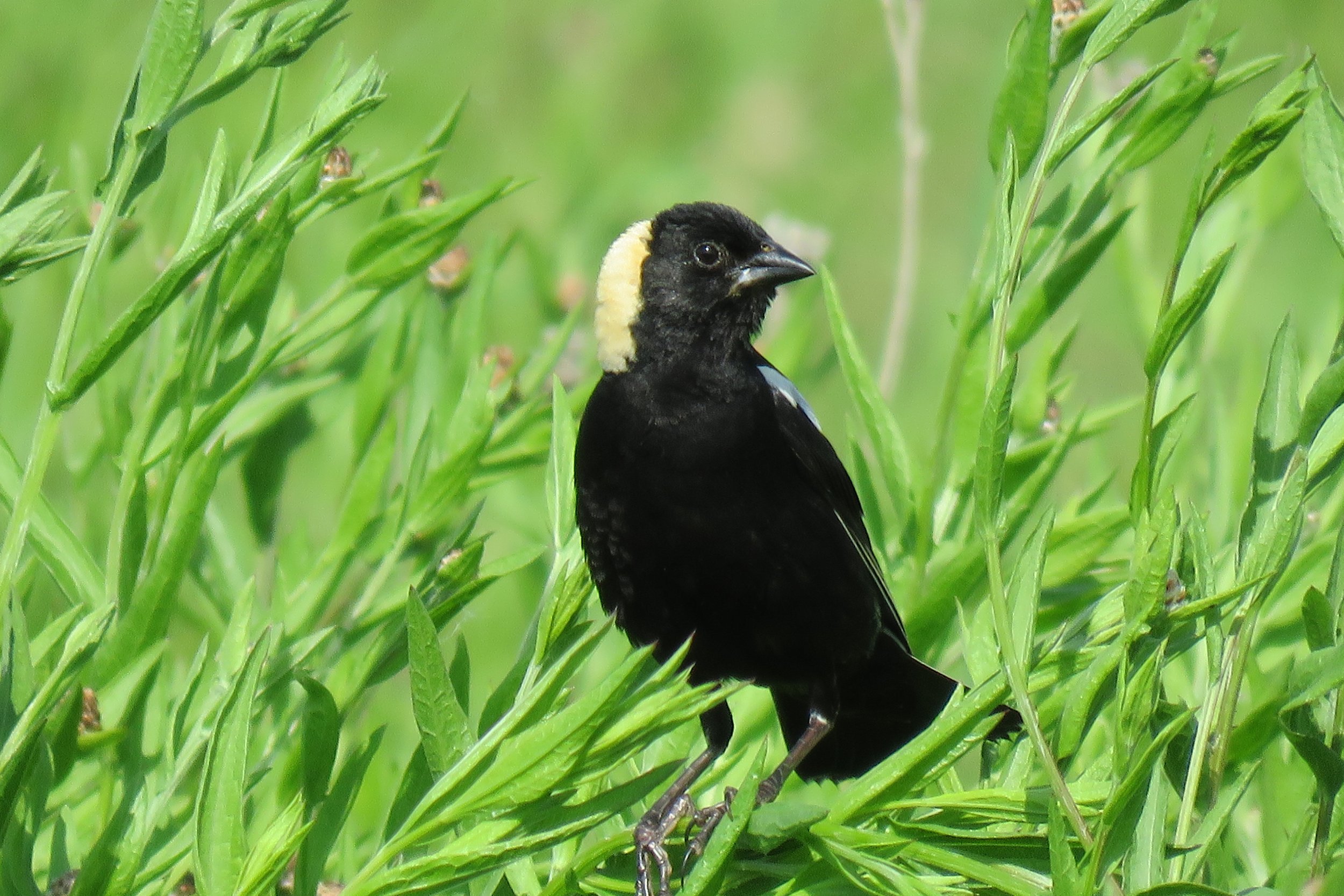The State of the Birds Report 2022 came out October 12, and its results are both deeply concerning and re-emphasize the critical work Genesee Land Trust does to protect bird habitats.
The report has found more than half of U.S. bird species are in decline, with grassland birds among the fastest declining. The population has shrunk by 34% since 1970. Shorebirds have declined by 33%, and 70 species are at the “tipping point” and could soon be listed as threatened or endangered.
Trends for breeding bird species by group or by habitat during 1970–2019, except for the shorebirds trend, which begins in 1980.
THE IMPORTANCE OF OUR GRASSLAND PROTECTION WORK
Although small, the grasslands we mow and manage at Salmon Creek Nature Preserve, Cornwall Preserve, Braman Preserve, Ganargua Creek Meadow Preserve, and others help provide habitat for grassland birds. We’re already seeing the results, with very habitat-particular species like bobolinks spotted at Braman Preserve and Salmon Creek Nature Preserve. (Photos of the bobolinks below by Allan Strong.)
The State of Birds Report identifies the bobolink as a “tipping point” species that could be next to face threatened or endangered species status. Bobolinks are not yet federally listed as threatened or endangered, but they have lost half or more of their breeding population since 1970 and could lose another half or more of their remnant population in the next 50 years.
The full list of tipping point species is here.
The trends for our nation’s birds reveal a vital message. Birds are declining overall in every habitat except in wetlands, where decades of investment have resulted in dramatic gains. - State of the Birds Report, 2022
EARLY RESULTS FROM THE RESTORED WETLANDS AT CORNWALL
Genesee Land Trust has been conducting a wetlands restoration project at Cornwall Preserve this summer as part of our North American Wetlands Conservation Act (NAWCA) funding. The new 3-acre mosaic of wetlands is visible from the Cass Meadow Trail and Throop Trails. These areas provide important new habitat for a variety of wildlife species including “tipping point” shorebirds that need wetlands, like Lesser Yellowlegs. Just a few months after restoring the wetlands, birder Joe Wing spotted this one at Cornwall.
Lesser Yellowlegs - a “tipping point” shorebird that needs wetlands. Photo by Joe Wing.
Conservation works when we give birds and nature a chance. We can and must do more to save our nation’s birds and benefit people in New York and every other state.
One way to take direct local action and help threatened birds like the bobolink and lesser yellowlegs is to support Genesee Land Trust. If you have not made a donation before or in the past year - a gift of any amount makes you a member.
If you’re already a member - thank you! Your support is what makes it possible to protect the meadows, woods, water and wetlands our birds and people need to survive. Every dollar, every acre, every bird and every person matters! Thank you!
Report Findings at a Glance:
Three Billion Birds Lost - 1 in 4 breeding birds have been lost from the United States and Canada in the past 50 years.
70 Tipping Point Species in the United States - These 70 species have collectively lost 2/3 of their populations in the past 50 years, and are on track to lose another 50% in the next 50 years.
Downward Trends Across the Board - Birds across the U.S. show downward trends in every habitat except in wetlands, where comebacks of waterfowl show the power of funding and policy investments.
Click the report cover image for a PDF copy.










